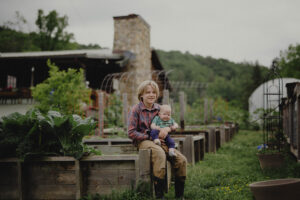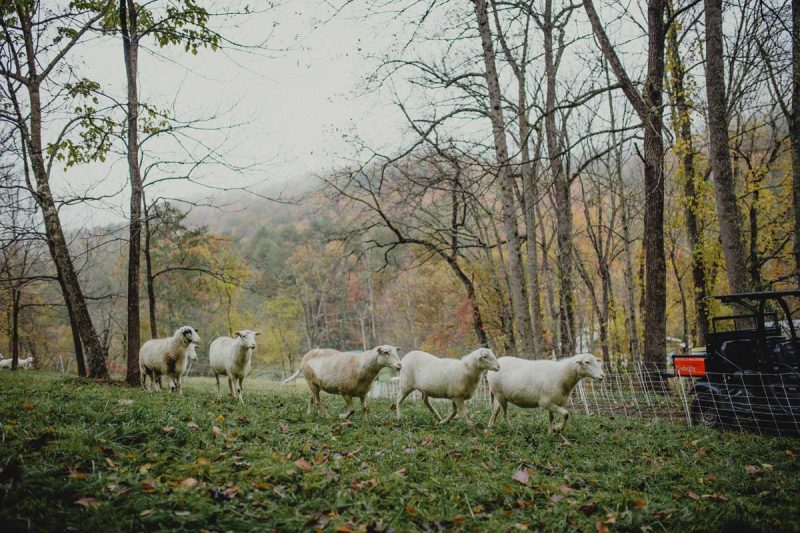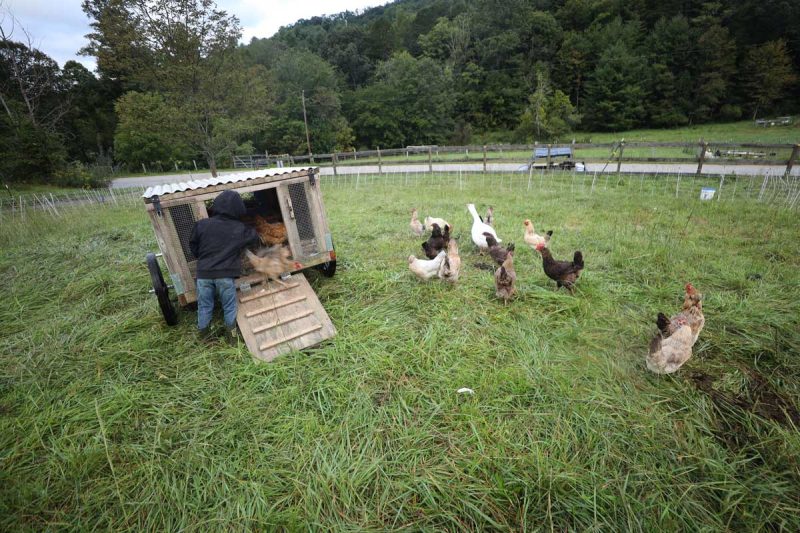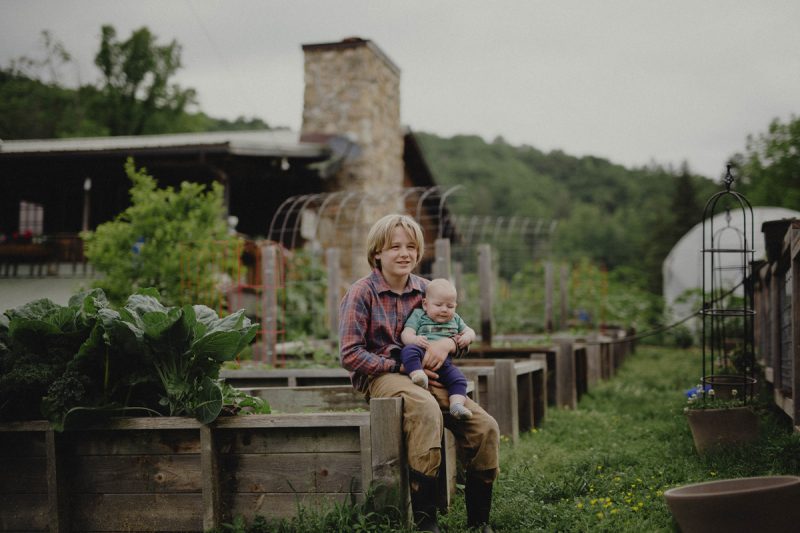Are you ready to transform your garden to set yourself up for a successful spring? Let me introduce you to what I like to call “The Fall Garden Flip.”
Note that when setting up your garden, I recommend referencing techniques from The New Organic Grower by Eliot Coleman as well as The Market Gardener by JM Fortier. I took what I learned in these books and adapted it for homestead use, creating a 50-foot by 21-foot garden plot. This footprint allows you to have seven beds measuring 30” wide by 50 feet long each, with a foot path between each bed for easy access for maintenance and harvesting.
Now let’s get into the fall garden flip…

Step 1: Pull up and rake bulky weeds and/or leftover produce
We want to start with a clean slate!

Step 2: Reset corners of the garden plot if needed and set lines to prepare for shaping
Mark your starting corner (A) with a stake. Measure out 21 feet and place another stake (B) then connect the two stakes loosely with string or twine. Return to your first stake (A), and measure out 50 feet perpendicular to the line you just created. Again, place a stake (C) and string to connect back to your first stake (A). Finally, place your final corner stake (d), creating the 50’ x 21’ plot.


Step 3: Shape the beds
Now that you’ve defined the outer perimeter of your garden plot, you’ll want to shape the beds. The beds will run the 50’ length of the plot, and be spaced 42 inches (3.5 feet) apart. It’s helpful to mark these beds with posts/stakes and string as well. Mark the straight path and use a flat-nose shovel to create the row, throwing the dirt into the bed.

Step 4: Broadfork
To broadfork, you’ll place the tines of the fork on the ground, then place one foot on it, pushing the fork into the earth. Wiggle the fork forward and backward (not side-to-side) to dig the fork in all the way till the foot tube touches the ground. Then push down the handles about halfway to the ground, like a lever. Don’t push it the whole way down – we don’t want to flip the soil completely, we just want to lift it. Now pull your fork back out of the soil, move to a spot about 6” back, and repeat the process till you’ve covered the entire bed.

Step 5: Add compost
We like to use 2-3 wheelbarrow loads per 50’x30” bed. Just drop a little bit here and there along the beds, then spread it evenly with your bow rake or hard rake.

Step 6: Amend the soil
You may want to get a soil test to know exactly what you need. In our case, we have acidic soil, so we have to raise our overall PH utilizing lime. We add 40 pounds of lime per garden plot (per 1200 square feet).

Step 7: Water
This is optional, but if it’s really dry you may want to water the soil before you cover the garden beds. This will encourage the growth of microbial life and earthworm activity.

Step 8: Cover with a UV-resistant silage tarp
We order 24’x105’ silage tarp from Farmer’s Friend and cut it in half, which will perfectly cover your 21’x50’ garden plot, with a little extra wiggle-room around the edges. This tarp will block out any sunlight and kill any vegetation underneath it, so that your plot is weed-free and ready to plant in the spring!

Step 9: Do the garden dance and eat some enchiladas!
Woohoo—we’re done!

Step 10: Relax
Enjoy the peace of mind knowing that you’re ready to get started gardening come springtime!














